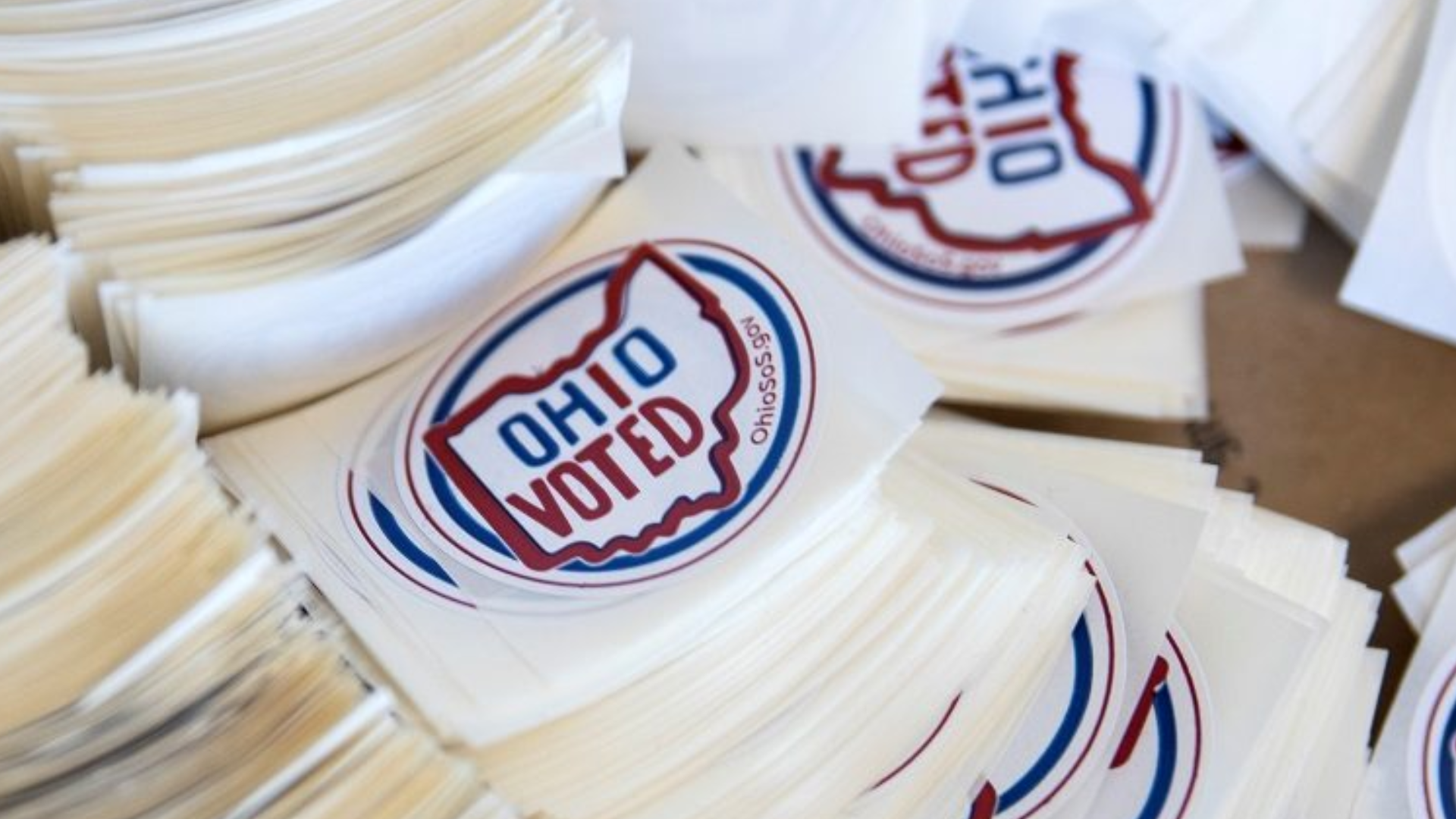The United States Department of Agriculture released the Thrifty Food Plan in 1975, as one of four plans that estimate the cost of a healthy diet. The four plans – Low-Cost, Moderate-Cost, Liberal, and Thrifty - provide guidelines for the type and amount of food, measured in pounds per week, that an individual should eat with slightly different recommendations dependent on an individual’s age and sex. Of the four food plans, the Thrifty Food Plan is the cheapest plan developed which still achieves a healthy diet according to the USDA. The Thrifty Food Plan is particularly important, because it provides the foundation for how the Supplemental Nutrition Assistance Program (SNAP) calculates benefits to provide food assistance to individuals and households.
In order to keep up with new dietary science and changing food prices, the Thrifty Food Plan has been updated four times since its release in 1975. Its last update was released in August 2021. The Agriculture Improvement Act of 2018 requires that the Thrifty Food Plan will continue to receive updates every five years moving forward.
To find out if the Thrifty Food Plan could realistically be followed by recipients on full SNAP benefits in 2021, The Ohio Association of Food Banks teamed up with The Center for Community Solutions to put the Thrifty Food Plan to the test. Unfortunately, this analysis was already well underway when the new Plan was released, so it is based on the 2006 version of the Plan. While the nutritional recommendations have remained relatively similar, the update has led to an increase in SNAP benefits that went into effect this October.

Two shopping SNAP Shopping Lists based entirely on the Plan’s recommended pounds per week for the six categories of food were created: one list for males ages 19 to 50, and one list for females ages 19 to 50. The shopping lists were meant to be used to purchase a month’s worth of food, and relied heavily on recommended foods found within the Plan itself (e.g. almost no pre-made or frozen meals or sugary items).
Hungry children can’t learn and hungry adults can’t earn.
A team of eight trusty AmeriCorps Vista volunteers and one Community Solutions staff member fanned out across Ohio with the shopping lists in hand. They were asked to go to local grocery stores and record the actual price of each item on the list. Half the Vistas completed a female shopping list, the other half completed a male list, and the Community Solutions team member did both a male and female list. Stores visited included: Kroger, Wal Mart, Dave’s, Giant Eagle, Chief Super Market, and Gem City Market.

A few key instructions were given to the shoppers:
- Always find the cheapest price available
- When exact items couldn’t be located, find similar alternatives
- Opt to buy smaller quantities when exact quantities aren’t available
- Ignore member’s prices or special deals
- Don’t go to a wholesale store or a boutique (expensive) grocery storeThe results from these ten shopping trips were as follows:
- There was a significant range in price totals that cannot be totally explained by shopping at different grocery stores
- Female list totals ranged from $150 - $237
- Male list totals ranged from $174 - $338
- The need to make substitutions was common, most grocery stores didn’t stock everything on the list
- Sticking to the same plan, no matter how prescriptive, still resulted in differences due to human variability
- Despite the shopping lists strictly adhering to the Thrifty Food Plan, shoppers agreed that the actual amounts and kinds of food on the lists did not seem realistic for creating meals that would last a whole month

Future Implications
In the midst of our exploration of the Thrifty Food Plan, the USDA released an update to the plan on August 16, 2021 - the first update in fifteen years. Since the Thrifty Food Plan was increased, it means SNAP benefits will grow, and this research shows that they should. But even so, our shoppers would not have been able to afford the new Thrifty Food Plan with the max SNAP benefit if they were relying solely on the benefit to feed themselves. It is also important to recognize that this exercise was conducted in full-service grocery stores, something many low-income Ohioans do not have consistent access to. So low-income Ohioans who rely on SNAP to feed their families will continue to struggle.
If someone has any specific dietary needs, it is highly likely that they will outspend their SNAP allotment.
In highlighting just how difficult it could be to adhere to the Thrifty Food Plan while using only SNAP dollars, another important finding emerged from this exercise. If someone has any specific dietary needs, it is highly likely that they will outspend their SNAP allotment. This may not be a concern for the average Ohioan, but for individuals who need gluten-free alternatives, vegetarians/vegans who use meat alternatives for protein, or individuals with lactose intolerance who need dairy alternatives, this is a major concern. These necessary alternatives are typically more expensive, and Ohioans with these dietary needs have to do with less, or altogether do without. Similarly, the plan has no accommodations for cultural or regional differences in food diets and prices.

This examination was a point-in-time look at a moment when food prices were rising. We are especially concerned that hunger will jump when SNAP Emergency Allotments end, creating a COVID cliff if temporary emergency assistance is rolled back before the economy has adequately recovered. A recently published report has indicated just how critical benefits like SNAP have been to feeding Ohioans throughout the hardships brought on by the pandemic.
As we’ve written in the past, hungry children can’t learn and hungry adults can’t earn. The recent changes to the Thrifty Food Plan are a step in the right direction, but many Ohioans will still face challenges affording an adequate, nutritious diet for themselves and their families.








